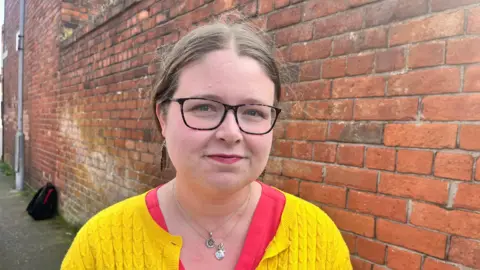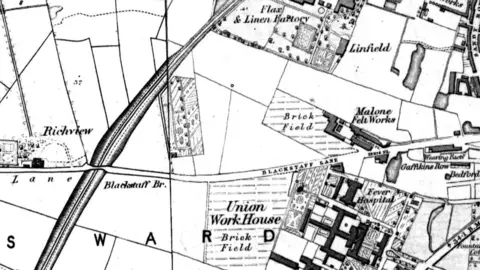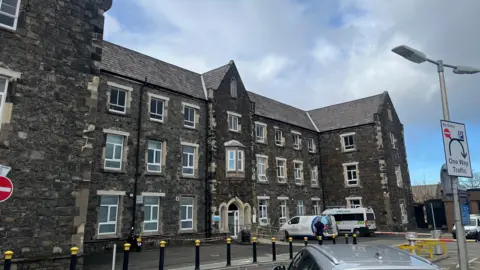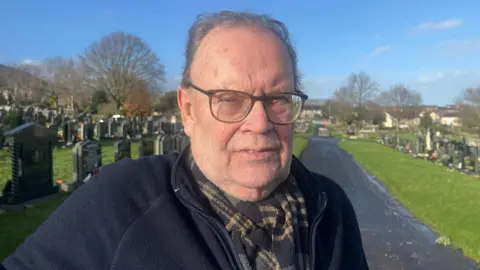Famine graves set to be publicly marked
 BBC
BBCThe unmarked graves of thousands of people who died during the Irish famine in Belfast are finally set to be officially marked.
More than 170 years after the first bodies were laid to rest, Belfast City Council is planning to recognise the burial ground.
The three-acre site is currently part of a housing development close to the City Hospital on the Donegall Road.
At least 10,000 bodies were buried at the cemetery, which opened in the late 1840s before closing in the early 1900s.
There is nothing in the area to acknowledge the graves that lie beneath the streets.
The ground was used to bury poor people from a nearby workhouse, including during the Irish famine in the late 1840s.
In March, the local historian Dr Robyn Atcheson and former Lord Mayor of the city Tom Hartley called for the burial site to be officially marked.
The issue was subsequently raised within Belfast City Council and now plans are being made to decide how best to mark the forgotten burial ground.
 Crown Copyright & Database Right 2025 – Spatial NI – A Service provided by Ordnance Survey of Northern Ireland
Crown Copyright & Database Right 2025 – Spatial NI – A Service provided by Ordnance Survey of Northern IrelandAlliance Party councillor Michael Long said there is widespread support for the initiative.
"The 'great and the good' have been marked in a lot of ways right across the city, but the average normal person hasn't really had a look in," he told BBC News NI.
"The fact that we have a cemetery that has up to 60,000 people buried there, and it has just been forgotten about, is really hard to believe."
A commemorative plaque is being considered, as well as an education project about the site.

'They all had names'
Dr Atcheson, an historian based at Queen's University Belfast, believes a plaque should be personal as well as respectful.
"It should state that this was the workhouse burial ground, these were the poorest people in society. They all had names. These are Belfast people and they deserve to be marked in some way," she said.
"This is something that is long overdue and it's something that we should have done a long time ago as a city, to acknowledge this part of our story."

Tom Hartley, who has now retired from politics and writes books about cemeteries in Belfast, has welcomed the council's plan to mark the Donegall Road graves.
"Their lives are part of the fabric of the Belfast narrative," he said.
As discussions continue over the plans, an official ceremony to mark the burial site may take place in the autumn.
A plaque is likely to be placed on a small section of wall that still exists from the original 19th century cemetery site.
